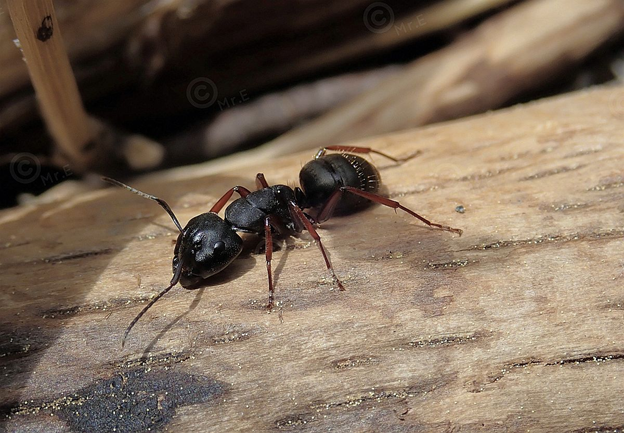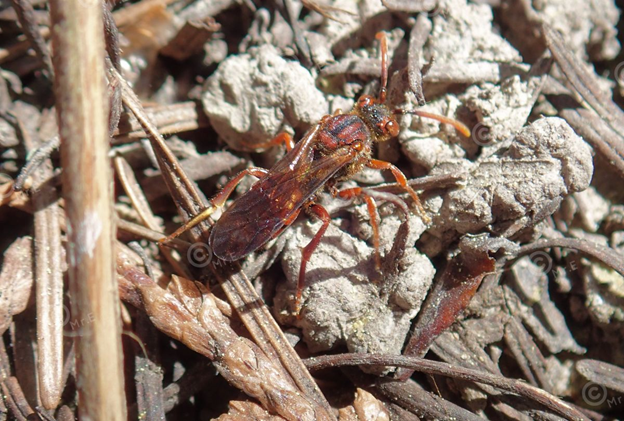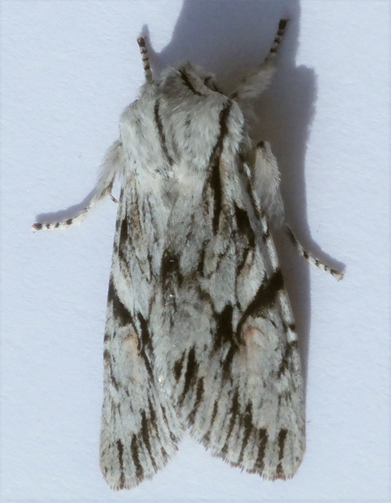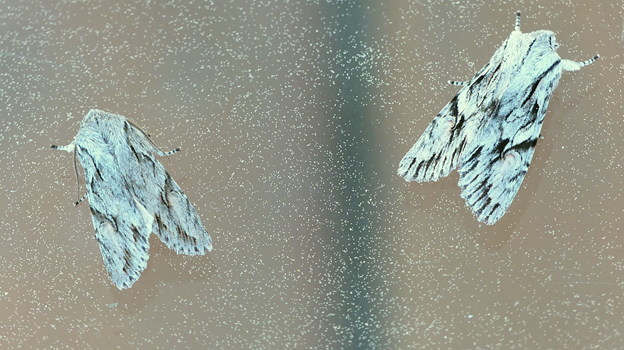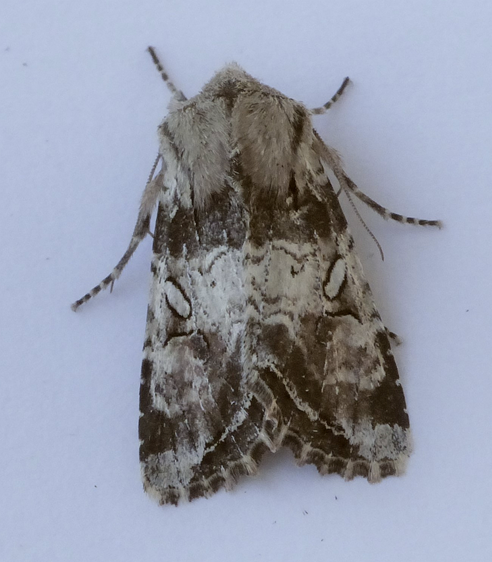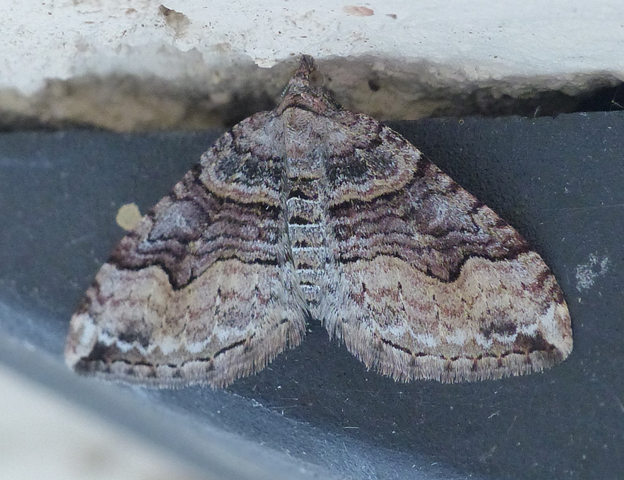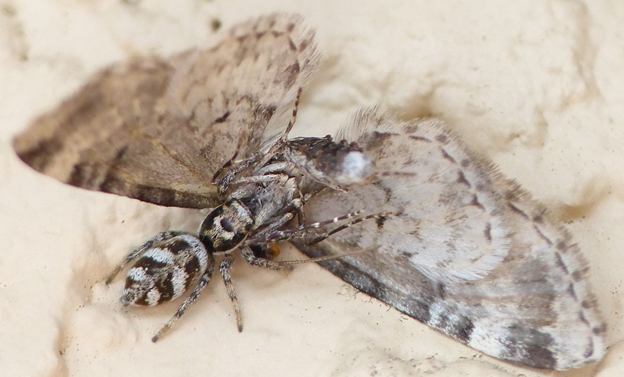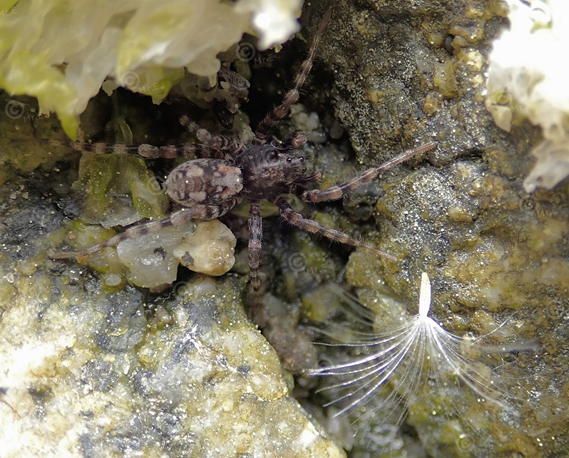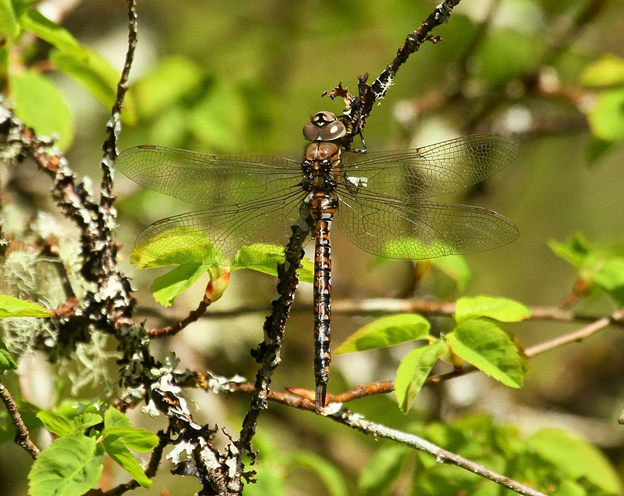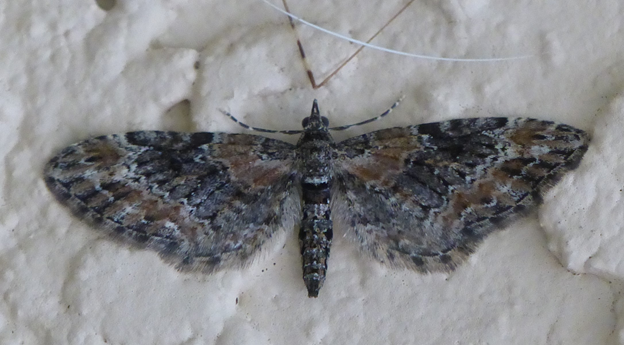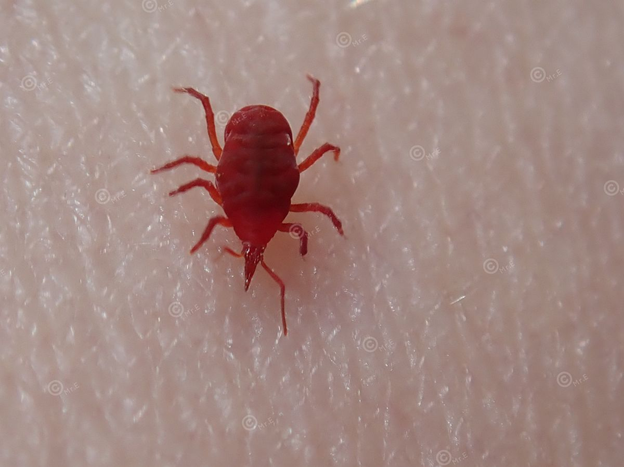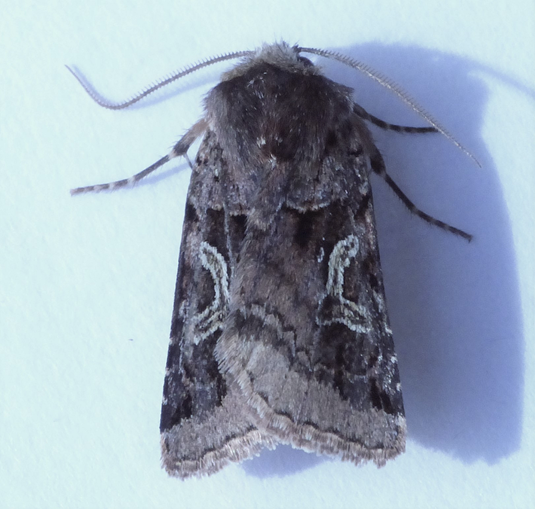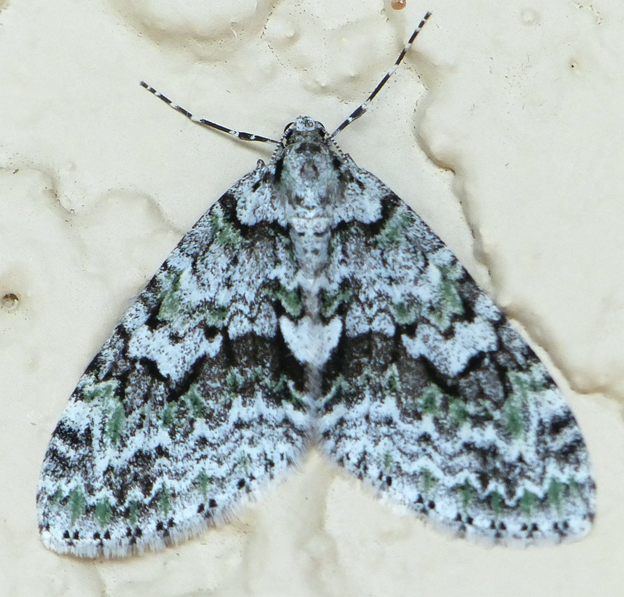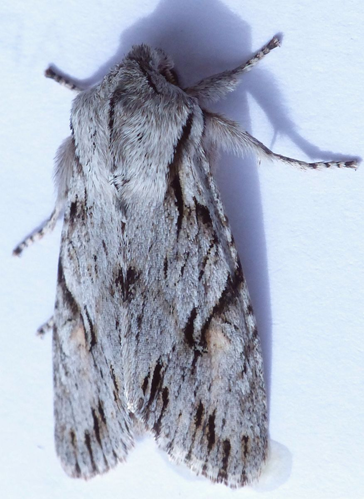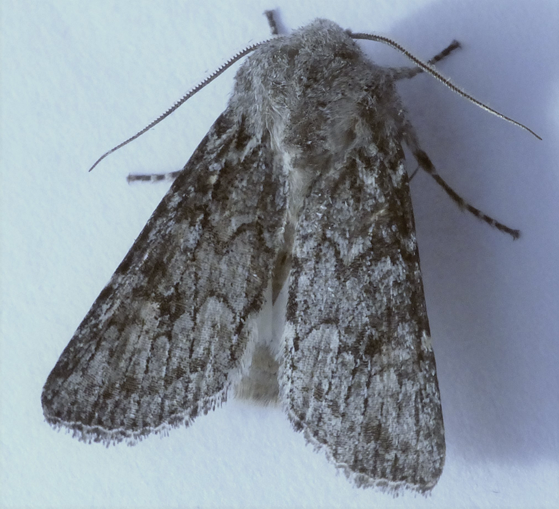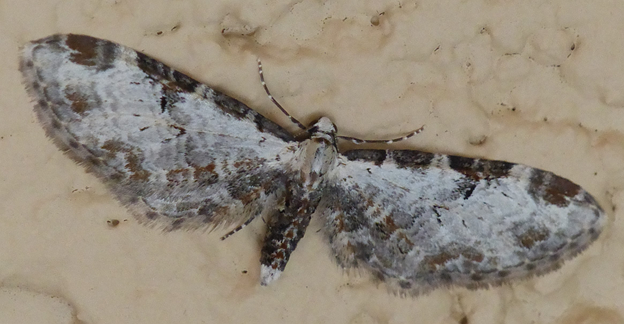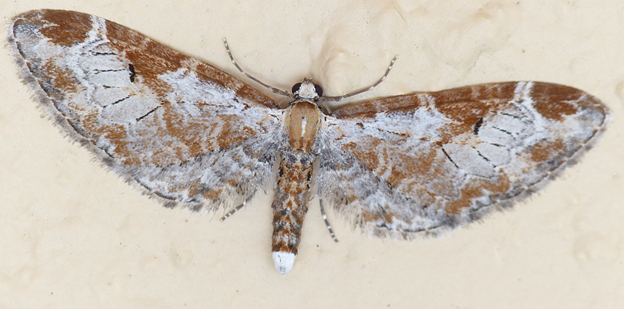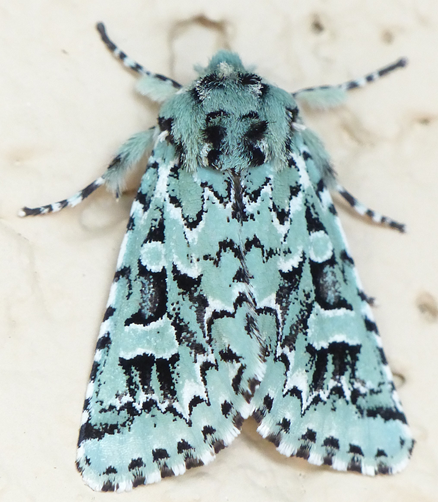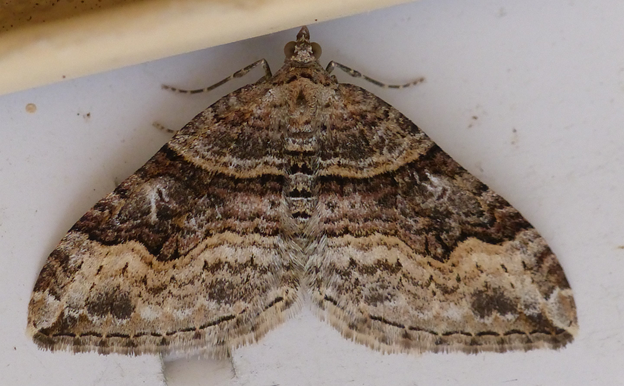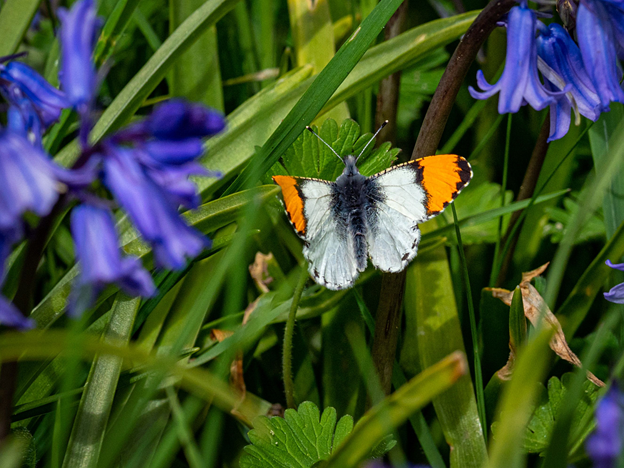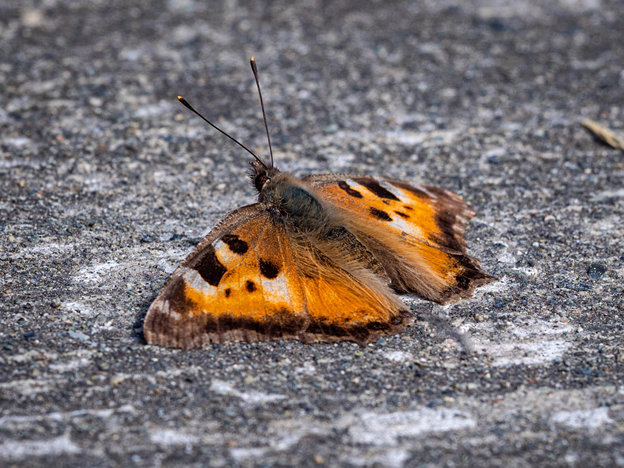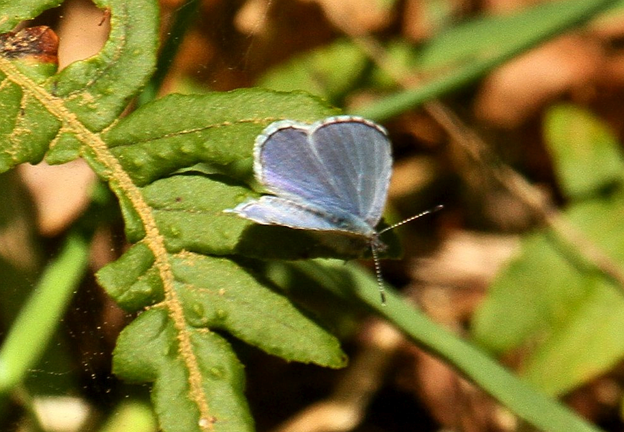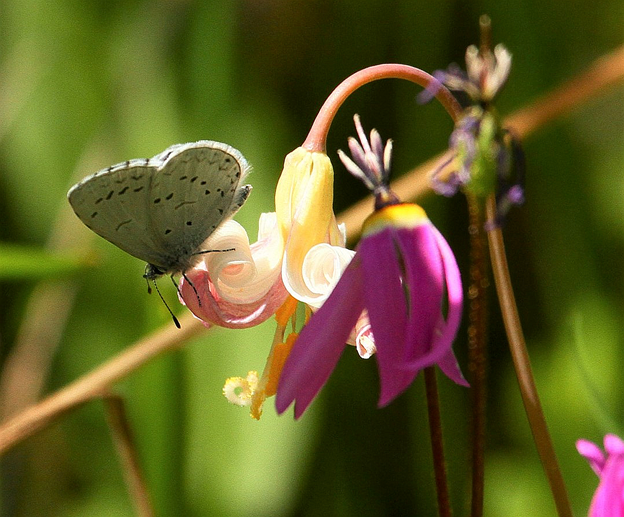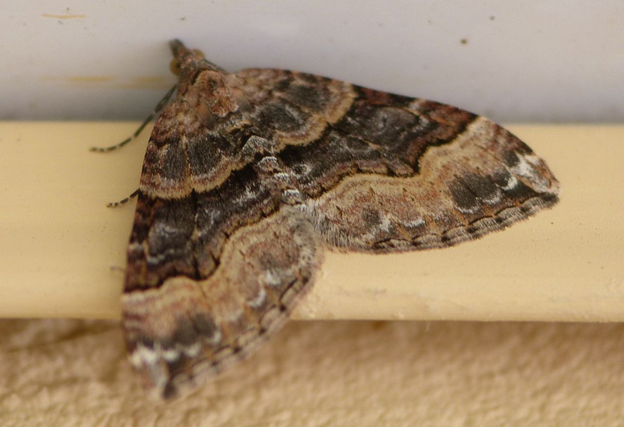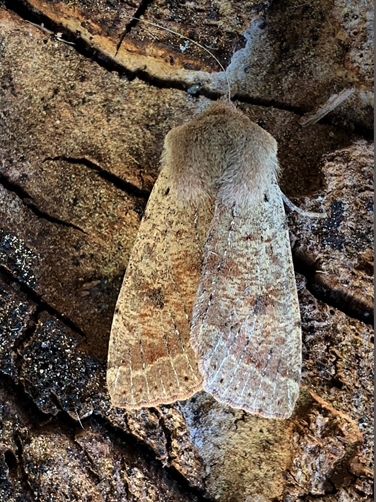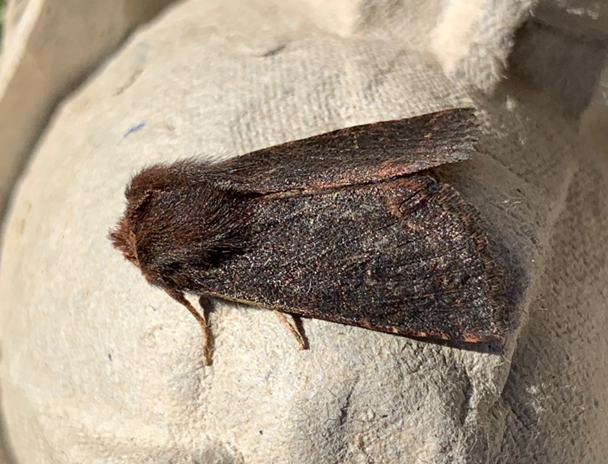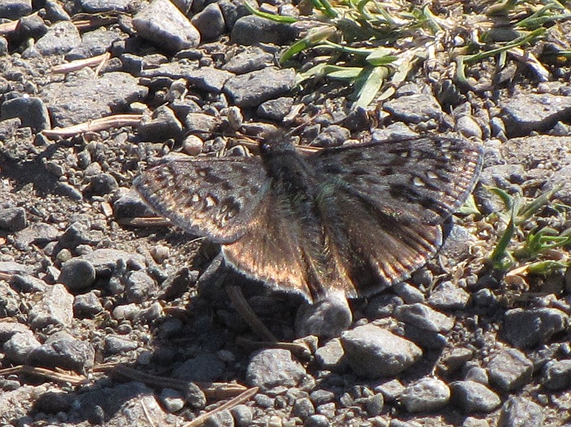2020 April 17 afternoon
Jochen Möhr’s moths from Metchosin this morning:
1 Cladara limitaria
1 Egira simplex
1 Feralia comstocki
3 Hydriomena manzanita
1 Perizoma curvilinea
5 Melanolophia imitata
1 Orthosia hibisci
6 Venusia obsoleta/pearsalli
3 Xanthorhoe defensaria
2 different unidentified micros
![]()
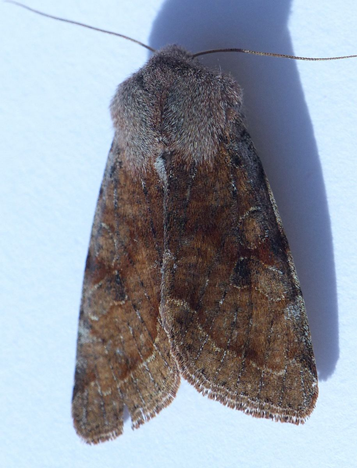
Orthosia hibisci (Lep.: Noctuidae) Jochen Möhr
![]()
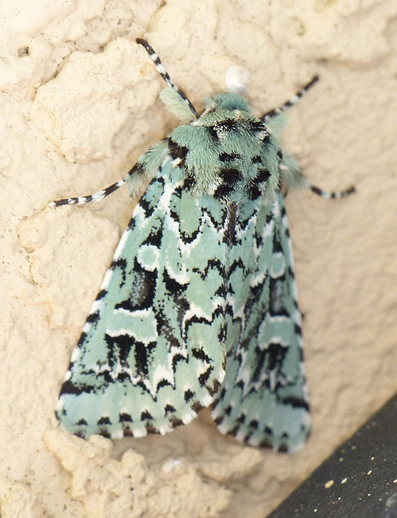
Feralia comstocki (Lep.: Noctuidae) Jochen Möhr
![]()
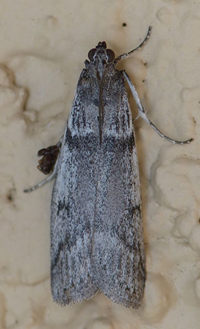
Unidentified micro (Lep.: Pyralidae)
Jochen Möhr
![]()
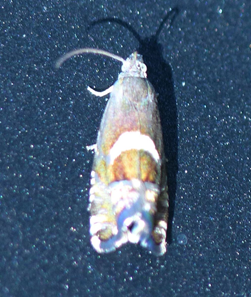
Probably Diploschizia sp. (Lep.: Glyphipterigidae)
Jochen Möhr
![]()
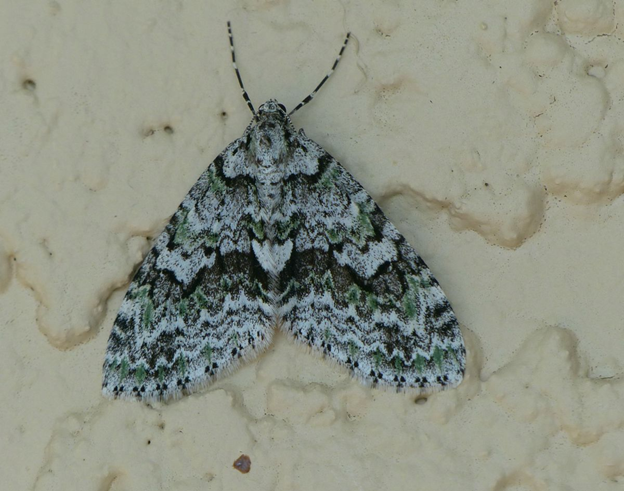
Cladara limitaria (Lep.: Geometridae) Jochen Möhr
Xanthorhoe defensaria (Lep.: Geometridae) Jochen Möhr
![]()
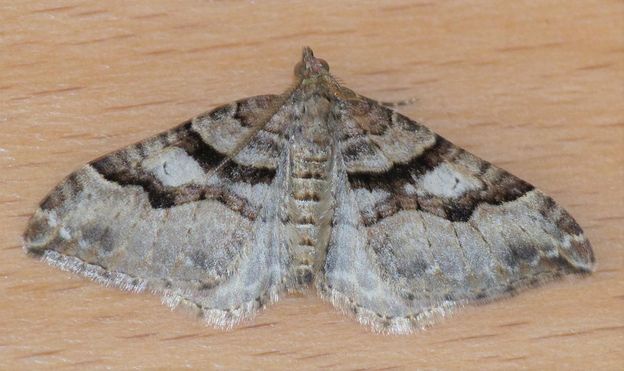
Xanthorhoe defensaria (Lep.: Geometridae) Jochen Möhr
![]()
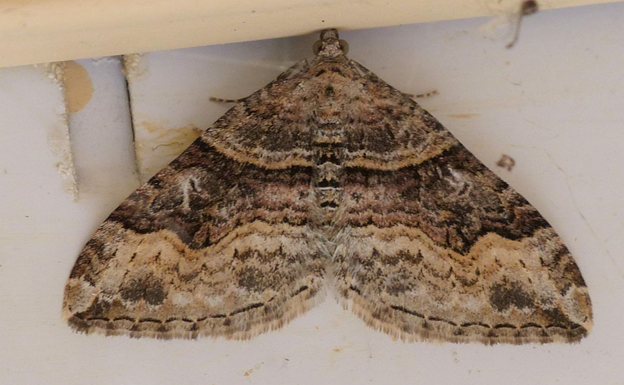
Xanthorhoe defensaria (Lep.: Geometridae) Jochen Möhr
Rosemary Jorna, writing from Kemp Lake, says she still hasn’t seen a butterfly this year, but she sends a photograph of Bombus vosnesenskii instead, nectaring on Manzanita at Peden Bluff. Alas, no caterpillars of Hydriomena manzanita!
![]()
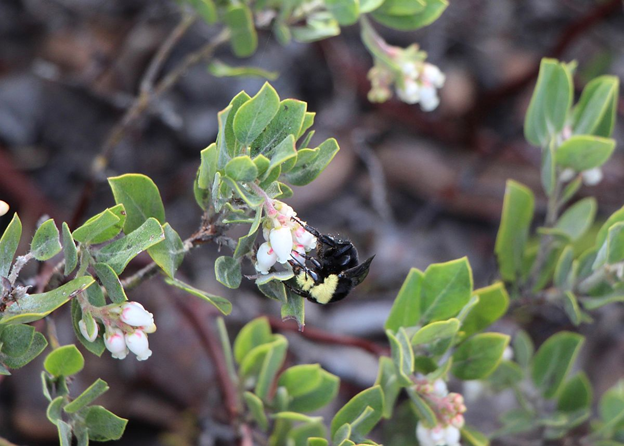
Bombus vosnesenskii (Hym.: Apidae) Rosemary Jorna
Now, here’s an interesting message from Dr Rob Cannings, concerning a new syrphid fly for Canada. Several constributors to this site have photographed syrphids over the years, so keep a look-out for this one!
Cheilosia grossa is a European syrphid whose larvae mine in thistle stems and it has been used as a biological control agent. It was introduced into Oregon, Montana and Nevada in 1990 to control thistles. There are several records on BugGuide from 2013-2018 from Oregon and Washington.
Recently, Jeremy Gatten photographed a specimen in his yard on the Saanich Peninsula (attached); he sent it to me for my opinion and I concurred, although through Jeff Skevington in Ottawa, we received definite confirmation from an expert on the genus in The Netherlands. Subsequently, Jeremy Gatten collected a specimen. He also found another photo he took near the Victoria airport last March. All of these were on bull thistles (Cirsium vulgare). On iNaturalist there is a photo (unidentified) from the Highlands this spring. These are the only locations we know of the species in Canada. It’s obviously in several places in the Victoria area and probably farther afield. We’d like to know more about its BC distribution. We’re preparing a short note on the discovery for the Journal of the ESBC.
Please keep a look out for this fly now (its early flight season may not last too much longer) and try to get photos or specimens. It is variable in size but evidently can reach 15 mm long (including folded wings). It’s blackish with rusty or tawny hairs and can be confused with the very common Narcissus Bulb Fly Merodon equestris and other genera of bumble bee-mimicking syrphids (eg, Mallota, Volucella), which are also fuzzy and colourful, but C. grossa’s generally uniform rusty hairs normally distinguish it from the more variable yellow/black/orange coloration of these others. It’s also usually somewhat smaller than Merodon, although there is some overlap. The fly visits all sorts of flowers in the early spring but If your search is confined to thistle plants, you might have a better chance of seeing it than if you look randomly.
Please pass this along to anyone you think might be interested. Thanks for any help you can give us!
Ron Cannings.
![]()
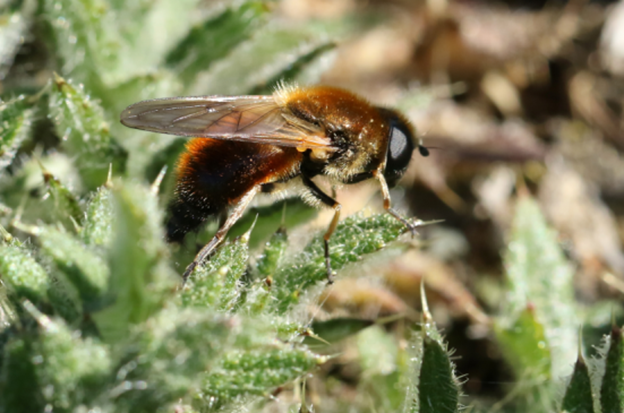
Cheilosia grossa (Dip.: Syrphidae) Jeremy Gatten
